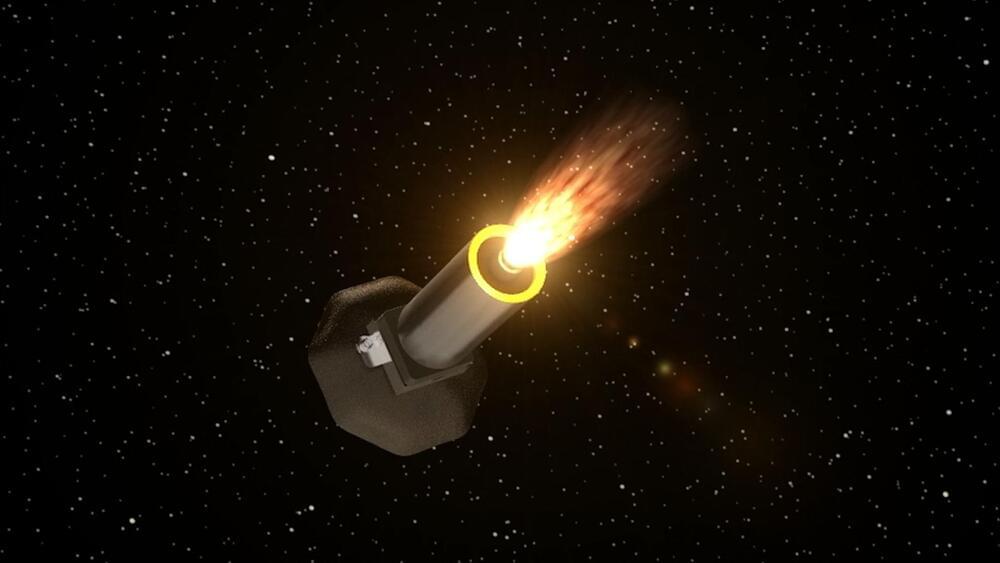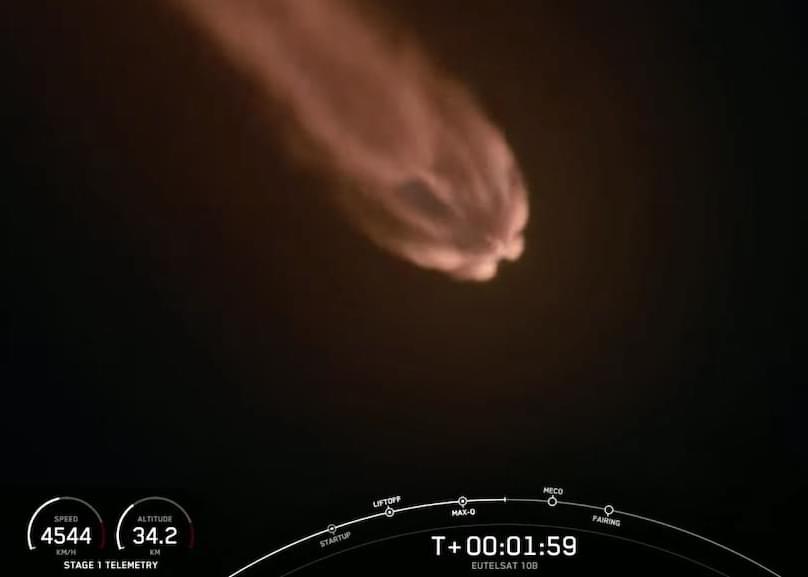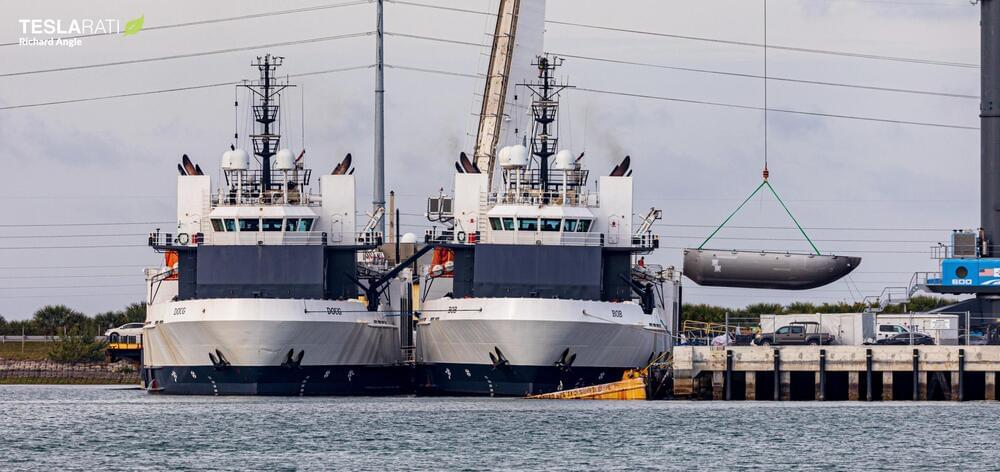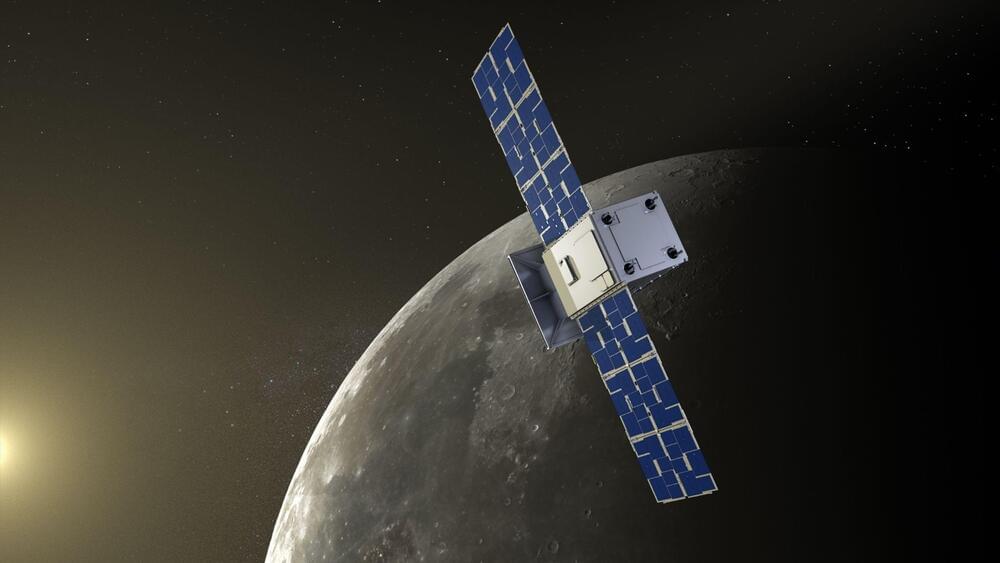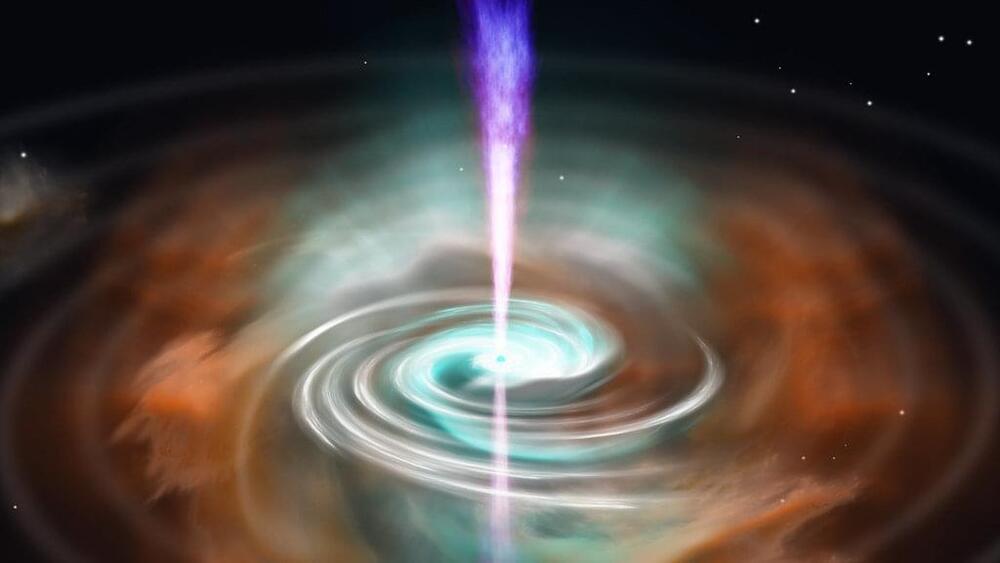Nov 23, 2022
Japan’s space agency had to abandon a historic lunar landing attempt
Posted by Gemechu Taye in category: satellites
The agency’s sent a tiny lunar lander aboard NASA’s Artemis I moon mission.
Japan will have to wait a little longer to perform its historic first lunar landing. That’s because a tiny Japanese moon lander that hitched a ride aboard NASA’s Artemis I moon mission has failed to make it to the lunar surface, a report from Space.com reveals.
Officials working on the OMOTENASHI moon spacecraft announced on Twitter that they had failed to pick up the CubeSat’s signal ahead of a planned lunar landing attempt.
Continue reading “Japan’s space agency had to abandon a historic lunar landing attempt” »
